The World Education Medals celebrate changemakers turning innovation into impact through the responsible use of AI in education. Applicants must demonstrate an ethical AI initiative that has been in use for at least six months. Explore below to learn who can apply, how to enter and how winners are selected.
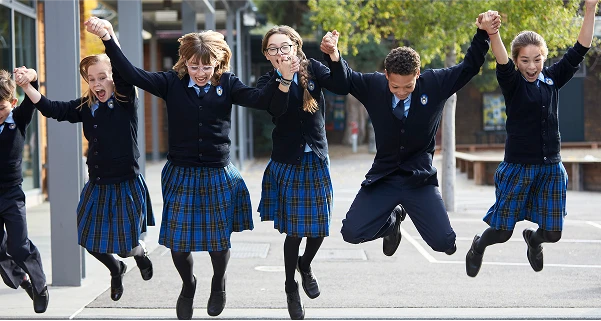
For policymakers, EdTech founders, NGO heads, and government officials using AI to drive systemic change in education.
For classroom teachers, school principals, and academics applying AI to support learners and empower colleagues.
For young changemakers (aged 15–25) creating or applying AI to tackle real-world challenges through education, equity, and social good.
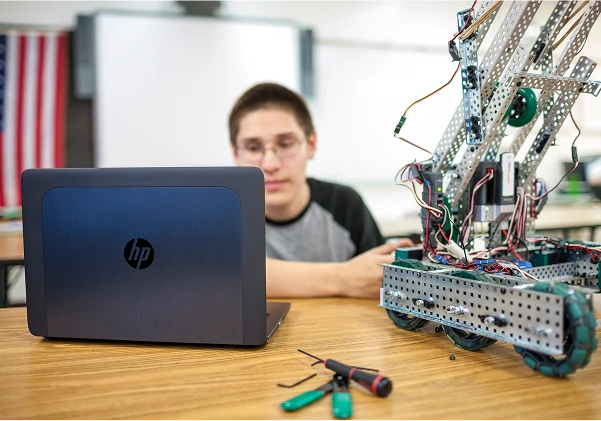
All applications go through a three-stage process:
We screen for eligibility and clarity.
An expert panel assesses shortlisted entries against our four criteria.
Finalists are scored by the Global Judging Academy, who then selects the winners.
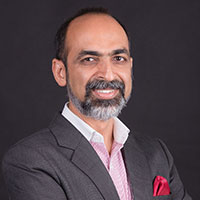
Director & Global Head - Education Business and Strategy
HP
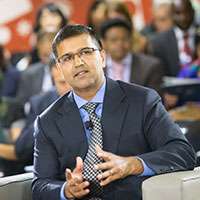
Founder & Chief Executive Officer
T4 Education

Chief Sustainability Officer and Senior Vice President of Global Product Compliance and Sustainable Impact
HP
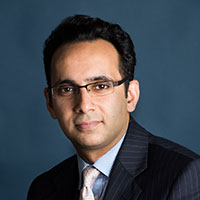
Chief Executive Officer
JA Worldwide

Head of Strategic Partnerships
T4 Education

Founder & Chief Executive Officer
Talisis
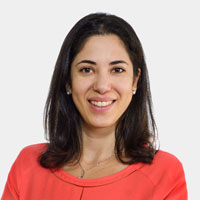
Executive Director
Telefonica Vivo Foundation
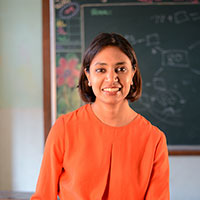
Managing Trustee
Avanti Fellows
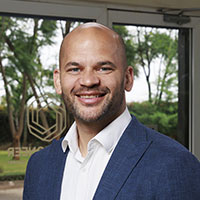
Chief Executive Officer
Nova Pioneer Education

Founder & Chief Executive Officer
SureStart
We assess each application across four key areas:
A compelling vision, backed by action. We look for individuals who inspire others and influence attitudes, decisions, or direction in their field.
An AI initiative that’s effective, thoughtful, and human-centred. It should address real challenges in education with clear intent and impact.
Beyond personal achievement, we value efforts that engage, mobilise, or uplift communities, networks, or systems for shared benefit.
Initiatives that are sustainable, embedded in practice, and capable of evolving over time. We look for those demonstrating persistence, adaptability and long-term commitment.
Five Finalists are chosen for each Medal. Every contender is evaluated by the Global Judging Academy using detailed judging packs. The highest scorer in each category is awarded the Medal at a ceremony held in London.
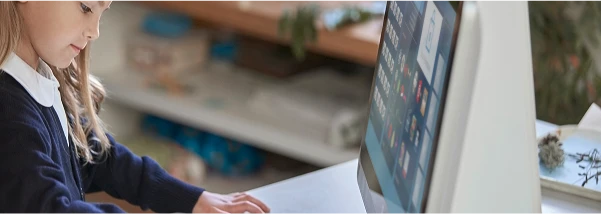

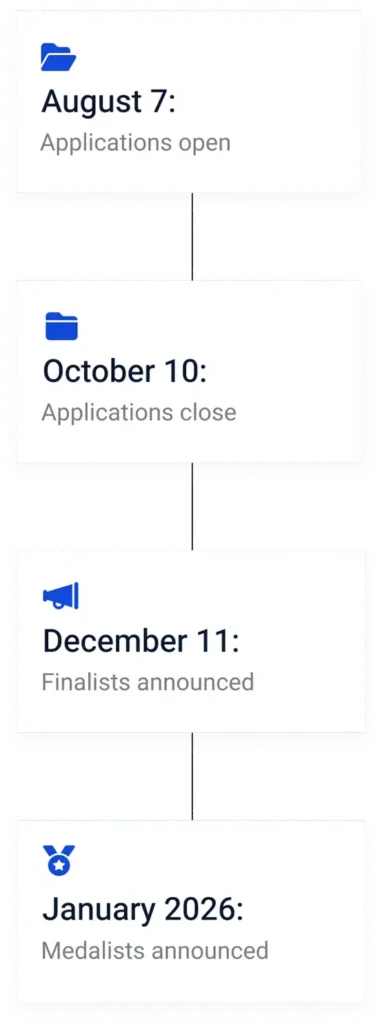
The World Education Medals are awarded to individuals only, not organisations. However, a person may be nominated for work they have done on behalf of an organisation.
All nominations must be submitted in English to be eligible for consideration. Please be aware that submissions in any other language will not be reviewed. While our assessment does not evaluate English proficiency, the clarity of your writing is essential for a thorough evaluation of your nomination.
Nominees can run for any of the three World Education Medals: Leaders, Educators or Students. Applicants must demonstrate how they are using Artificial Intelligence (AI) in a clear, responsible, and ethical way to drive positive change. Their initiative must have been in use for at least six months, show real impact, and align with the purpose of the Medals — recognising individuals who are using AI to transform education or address real-world problems in ways that benefit learners, communities, or society at large.
If applying under the Student category, nominees must be between 15 and 25 years old. For Leaders and Educators category, nominees must be 18 years or older.
By applying, you agree to comply with the terms outlined in the document. You can view the full terms and conditions on the link below.
